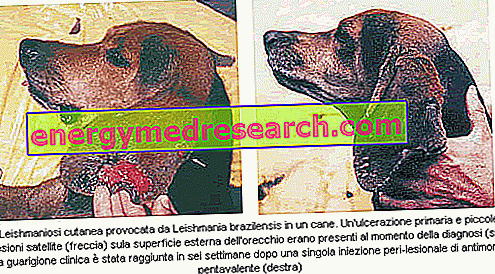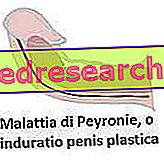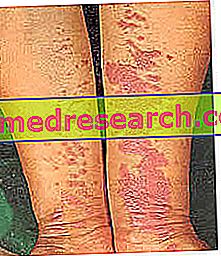Diagnosis
A series of methods are available that allow you to diagnose Leishmaniasis even in subjects who do not yet have overt symptomatology.
Cyto-histological examination
It was a first choice exam, because it was fast enough and could be performed at the veterinary clinic. The technique consists in taking a sample of tissue or cells from a skin lesion or from an organ in which parasites (lymph nodes, spleen, bone marrow, blood) are likely to be found. The material to be analyzed is obtained by sampling with "needle-aspiration" or with biopsy sections (of tissues or lesions), which allow to highlight, after staining, the presence of parasites in the sample.
ELISA exam
Test that has taken hold in recent years thus becoming probably the most known and used. This method is easy to use and quick to respond, with fairly contained costs; it allows to evaluate the presence of the Leishmaniasis parasite as it detects, through colorimetric reactions, the existence of antibodies against the Leishmania antigens in the sample taken (usually blood).
Indirect immunofluorescence examination
The examination is performed on the sample taken (serum), which is reacted with antigens (molecules) from Leishmania. If the animal's serum contains antibodies against Leishmania, these bind to the antigens of the parasite. The reaction is highlighted using "anti-antibodies" labeled with a fluorescent compound, which will be bound to the Leishmania antibody-antigen complex. Everything is highlighted with a special microscope that allows to identify the fluorescent compound (positive reaction index).
PCR exam
The Polymerase chain reaction technique, discovered in the late 1980s by Kary Mullis, is now used enormously in the medical field. This allows to amplify the nucleotide sequences of the DNA of different microorganisms, thus giving the possibility of identifying them even if present in minimal quantities. It is extremely valid when it has a very high sensitivity (it allows to identify as positive the great part of the sick subjects).
Vaccine
A vaccine capable of reducing the risk of developing leishmaniasis has been available for some years .
Marketed in Europe as CaniLeish ®, this vaccine is used to vaccinate dogs from six months of age.
- The vaccine is given to dogs with three subcutaneous injections.
- An interval of three weeks must elapse between one injection and another.
- The first injection can be given from six months of age
- After that a single booster dose should be administered each year to maintain the effects of the vaccine
The vaccine is indicated only for asymptomatic and "Leishmaniasis negative" dogs.
Prevention
Since the protection offered by the Vaccine against Leishmaniasis is not absolute, prophylactic measures continue to play a certain importance.
In this regard, there are numerous products on the market in the form of spot-on solutions, collars or sprays, which act as repellents for insects, and therefore prevent, even if none with an absolute guarantee, that the dog is stung by the phlebotomist that conveys the possible Leishmania.
Treatment
See also: Leishmaniasis medications
For infected animals, with or without clinical manifestations, to which Leishmaniasis has been diagnosed, the treatment of choice consists in the use of Methylglucamine Antimonate (GLUCANTIME®) administered with subcutaneous injections, and / or of Allopurinol (registered for man), given orally.
Another therapeutic approach is the use of Miltefosina (MILTEFORAN®), a drug with similar efficacy to the previous ones. These products block replication or cause the death of the parasite, but do not lead to healing of the animal.

The therapeutic approach of the dog on Leishmaniasis is not simple and can have a variable duration (always some months); often, depending on the animal's state of health, it may also require supportive treatment to correct pathologies that may arise or are already present. Despite this, the prospects for life of dogs with Leishmaniasis can be even years.



